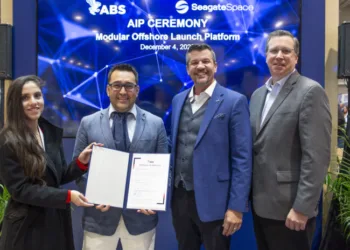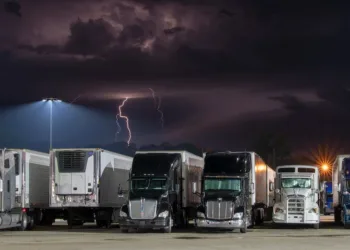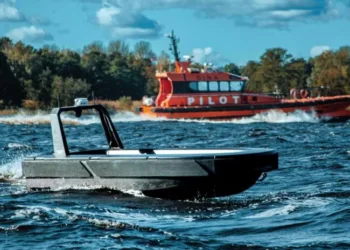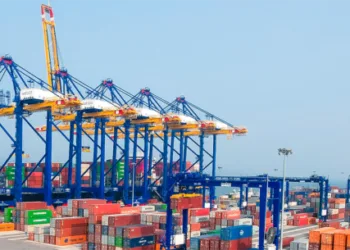2026 will be the year autonomy takes off in cargo shipping, specifically with regards to propulsion automation, followed by full navigation automation in the forthcoming years, predicts Konstantinos Kyriakopoulos, CEO and co-founder of DeepSea, one of maritime’s best-known AI brands.
A number of leading ship operators have been quietly working with DeepSea on this project for many months now with the results due to be revealed next year.
The coming five years are also likely to be the most active period of digitalisation the industry has ever seen, Kyriakopoulos tells Maritime CEO in this week’s big interview.
“We’ve passed through the era of half-baked proof-of-concepts – and every operator has been burned at least once or twice in the process. But the industry has come out stronger,” Kyriakopoulos says, arguing that this technological wave will be driven by three things: adoption, no fragmentation and results.
“No fragmentation – siloed data – or, even worse, Frankenstein systems that require swollen IT departments just to function – are a thing of the past,” Kyriakopoulos explains.
DeepSea, which describes itself neatly as the AI company for maritime, was founded in 2017 by Kyriakopoulos, who had been an AI researcher at the University of Cambridge, and Roberto Coustas, an Oxford-educated mechanical engineer and vessel performance manager. The company’s mission has been to harness the latest in AI technology to make vessels more efficient. DeepSea was bought by Japan’s Nabtesco Corporation two years ago.
HyperPilot – fully certified by DNV as the world’s first device of its kind – is DeepSea’s latest product, currently in trials with some of the biggest fleets in the world.
“It’s automation – but more importantly, it’s optimisation – designed to enhance an existing approach, solve problems, and deliver results from day one,” Kyriakopoulos says.
“Our objective,” says Kyriakopoulos, “is to make every vessel as efficient as it can be.” To achieve this, DeepSea has to deeply understand the system that is a ship – all of its complex, interrelated components, from hull and main engine through to the behaviour of the crew onboard. “The only way of joining the dots up,” says Kyriakopoulos, “is by using artificial intelligence.”




















